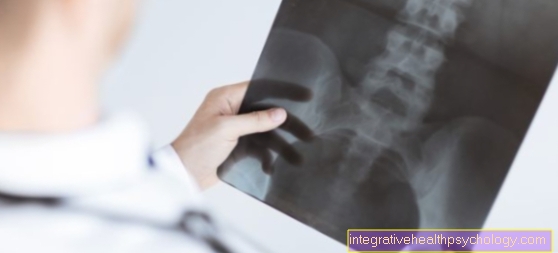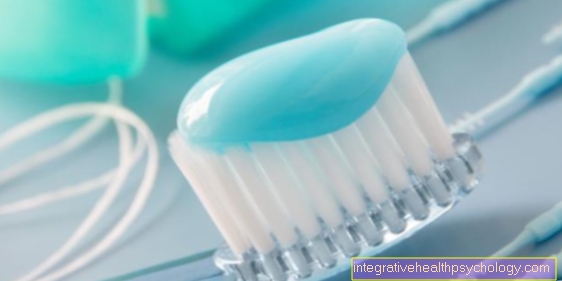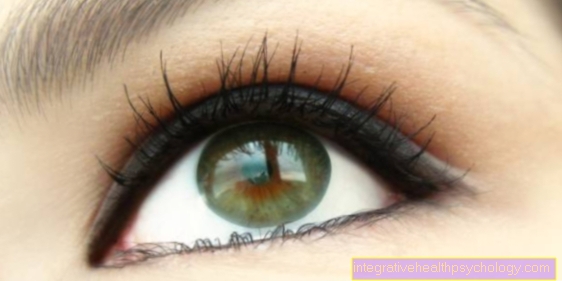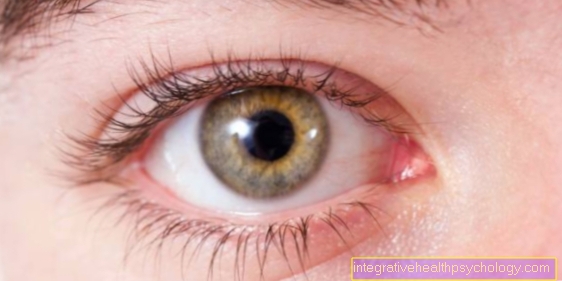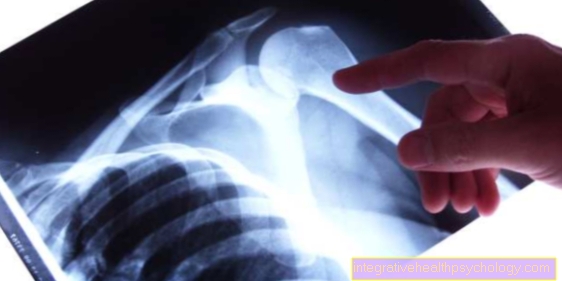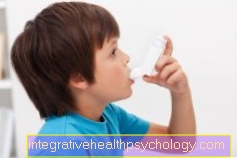Umbilical colic in the child
definition
Umbilical colic is usually referred to as cramp-like pain in the umbilical region in children with no apparent cause. One speaks therefore of functional abdominal pain. The symptoms often appear suddenly and last only minutes to a maximum of an hour.

causes
For umbilical colic in children is no known organic cause. It is a diagnosis of exclusion when other diseases like a Gastrointestinal infection or one Appendicitis not eligible. Presumably the symptoms develop as Responding to stress or excitement. Both the fear of a visit to the dentist and the anticipation of the birthday can be a trigger for sensitive children, for example.
How can you recognize umbilical colic?
Umbilical colic is a diagnosis of exclusion, which means that the child has abdominal pain in the umbilical region without an organic cause. It is typical that the Discomfort occurs suddenly and again usually disappear within minutes. Talking about accompanying symptoms such as fever, diarrhea, or vomiting against umbilical colic, as well as nocturnal pain. Since it is often not possible for a layperson to differentiate from a serious illness such as appendicitis or gastrointestinal infection, if in doubt, the family doctor or pediatrician should be consulted.
Pain around the belly button
Umbilical colic in children often presents itself as acute onset of severe abdominal pain around the navel. In children, taking anamnesis and recording pain symptoms is often more difficult than in adults, which is why a careful examination of abdominal pain is very important. In terms of differential diagnosis, appendicitis - popularly appendicitis - also comes into consideration, which also begins on the navel and then typically migrates to the right lower abdomen. In addition, cystitis can show up near and below the navel.
Concomitant symptoms
In the case of umbilical colic, only the typical, often cramp-like pain in the umbilical region occurs. The child is symptom-free between the often intermittent pain attacks. Accompanying symptoms can possibly headache and paleness be.
Also read: Abdominal pain and headache - what's behind it?
However, if diarrhea occurs, Vomiting and fever, caution is advised. Likewise, pain that lasts longer and possibly wanders to its localization on the abdomen, speak against a harmless umbilical colic. It can also be a serious condition. A gastrointestinal infection can also be the cause. To be on the safe side, your family doctor or pediatrician should be consulted in such a case.
Vomit
If a child has severe pain around the belly button and has vomited, it may be gastroenteritis (inflammation of the mucous membranes in the gastrointestinal tract). This occurs in childhood, especially during kindergarten age, up to several times a year.
fever
Fever is an indicator that the body is fighting off a disease. If abdominal pain around the navel occurs together with a fever, there is an organic cause. For example, it could be a bladder infection in the baby. To clarify this, a urine sample is examined by the pediatrician. Appendicitis can also show up with fever and abdominal pain. If the general condition of a child with these symptoms is poor, there should be no hesitation in consulting a doctor.
therapy
An umbilical colic is harmless and does not require any specific treatment. The symptoms usually occur in children at kindergarten and primary school age and grow together until puberty. However, since the children can subjectively suffer from abdominal pain, various soothing measures are possible. Fennel or chamomile tea as well as a Hot water bottle on the umbilical region can be helpful. Also one light massage with warmed hands can be tried. In addition, the children are often better off just by giving attention and, if necessary, distraction. However, if this does not improve the symptoms, or if symptoms such as fever or vomiting occur, it is necessary to see your doctor or pediatrician.
Treatment with conventional painkillers is not appropriate, as their effect can only develop once the pain has already subsided. If children suffer from umbilical colic very often and an organic cause can be safely excluded, Psychological counseling or treatment may also be considered. The pediatrician can arrange appropriate counseling for this.
The doctor does that
If a child is in an acutely bad condition with further warning symptoms, the doctor will carry out a quick diagnosis so that therapy can be initiated quickly. If a child shows repeated attacks of abdominal pain over a long period of time for no apparent cause, the pediatrician should also be consulted. Functional abdominal pain is a diagnosis of exclusion. This means that organic causes of the pain must first be ruled out before this diagnosis can be made.
Important differential diagnoses include lactose and fructose intolerance, celiac disease, Helicobacter pylori infection, inflammatory bowel disease, and constipation. Since children often cannot express their stress in any other way than stomach or headache, in many cases it is worthwhile to talk to a child psychologist.
Homeopathy for umbilical colic
Treatment with homeopathic remedies can also be attempted in the case of umbilical colic. Since the same preparations are not suitable for every child, consultation with a doctor or alternative practitioner with additional homeopathic training should take place prior to treatment. However, if the child suffers from the symptoms very frequently, then should instead of treatment with homeopathic remedies alone, psychological treatment may also be consideredto identify possible triggers and enable targeted treatment.
Schüsslersalze for umbilical colic
A treatment with Schüssler salts is generally not recommended because, according to Stiftung Warentest, these have no proven effect. They are not suitable for treating diseases. Even if different preparations like Calcium Phosphoricum or Potassium Sulfuricum are available for use with umbilical colic in children, other measures such as chamomile tea or a hot water bottle should be used.
Duration of an umbilical colic
The abdominal pain of umbilical colic in children lasts often only a few minutes to a maximum of an hour on. If it is longer, there is more likely another cause and a doctor should be consulted. The period in which the symptoms occur usually extends from Kindergarten or elementary school age through to the onset of puberty.

.jpg)
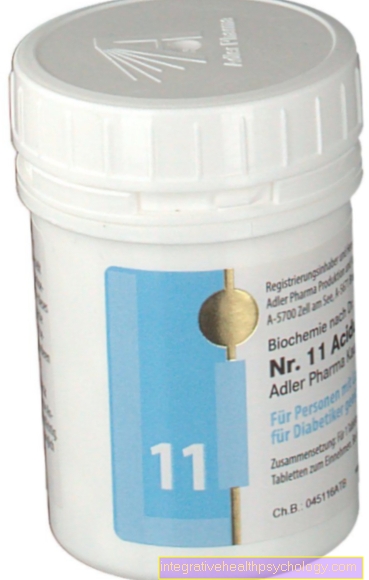


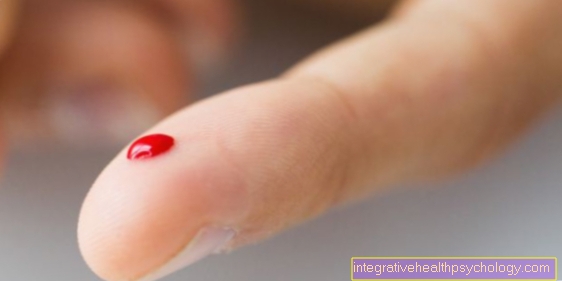







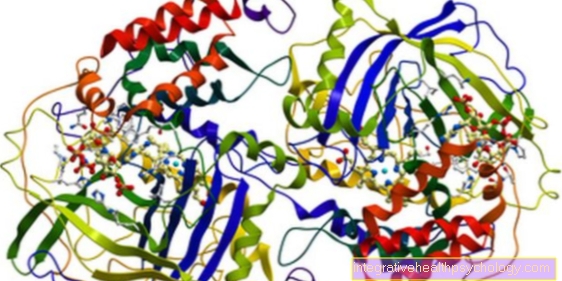
.jpg)






